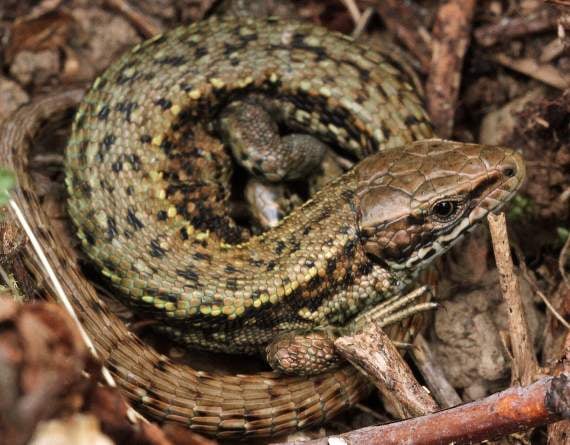A wonderful variety of flora and fauna in this week’s Nature Watch brought to us by Ray Roberts...
I went down to Trehunsey Bridge and one of the first things I noticed was some giant polypore – Meripilus giganteus – fungus growing a couple of metres up on the trunk of a tree that had split in the strong wind some time ago, with one half trunk and its branches falling down and the other half of the trunk and branches still standing.
This cluster of bracket mushrooms was quite wide, about 90 cm, which is what its name suggests ‘Gigantic’ and usually grows at the base of oak and beech trees or, sometimes on the ground near to the tree where its roots are shallow giving the polypore something to grow on.
Down in the valley I also saw a tall, thick, prickly stemmed teasel with its pinkish/purple flowers on a very prickly cone. These flower heads were dried and used since Roman times to tease out the fibres of raw wool. This work which must have needed some kind of protection for the hands, was phased out in the 19th century when steel combs were introduced.
On the road back up towards Quethiock, where there is an ‘S’ bend with grassy banks each side of the road, there was several agrimony plants still in bloom. These are spikes of small yellow, five petalled flowers that have a slight aroma of apricots. During the 1st century a potion made from the plant was used to treat snake bites and dysentery. It is still used in preparations for catarrh and digestive disorders today.
I went through the gate to walk on the path field over to Hepwell Mill, then turned left to go up the steep hill back to the village and noticed a lot of birds-foot trefoil - Lotus corniculatus – on the hedges. The common name of this plant refers to its long seedpods, each with a hook on the end that resembles a birds foot. A couple of old folk names are ‘devils claws’ and my favourite; ‘granny’s toenails’.
Walking uphill very slowly, as I usually do, I spotted a coiled-up lizard taking in the sun. Very often it is easy to photograph lizards if you approach them slowly without making any sudden moves. I hold my camera up ready and move in slowly firing off shots as I do so. Then I leave it in peace.
Further up the road, sitting on a large leaf was a scorpion fly, a strange looking insect that looks a bit like a real scorpion as the males have an upturned tail resembling that of a scorpion. They feed on ripe fruit, dead animals and insects including whatever they can scavenge from spiders webs, something that requires a lot of skill to prevent being caught by an angry spider.
Just after I arrived home, we had a humming bird hawkmoth come into the garden. Now, when you see one of these day flying moths hovering over your flowers you only have a couple of minutes to take its picture as they never stop long. However, this one decided to rest on the garden gatepost and allowed me to get a different photo to the ones I usual take of the moth feeding with its long proboscis in a flower head.




